Introduction
The vision of a company is an overarching statement that focuses on tomorrow and what the organisation wants to become. A company can start with its vision and break it up comprehensively and with such integrity that systems, structures, processes are all weaved into it, in perfect alignment. The vision statement becomes like a holy grail – the religion, which sets the tenets of what is to follow.
With a new management in place some time back, PCBL, with the help of its leadership team, undertook an ‘Envisioning Exercise’ in 2014 – an extensive exercise to create a vision for the company that would outline the purpose of its being and how they would like to build for the future. The main thought was to create a business that achieves strategic growth and is sustainable for the years to come.
Process
The vision was broken progressively into small manageable pieces of action which encompassed functions, systems, people as well as micro-level changes. Appropriately termed, Envisioning – Built to Last, the exercise innovatively used something as overarching as a vision to make the most micro of changes in every system, process and function of the company, that have been integrated with the very DNA of the organisation, and altered the way the company thinks and behaves.
The envisioning workshop tried to find out a common purpose, a vision that everyone in the company believes in.
Everyone at PCBL agreed that as an organisation they have a core to preserve and a future to aspire for. They asked themselves some pertinent questions:
- Why does the company exist, what is its purpose?
- Would this purpose be greeted with enthusiasm rather than cynicism by a broad base of people?
- Will they be proud to talk about it?
- Will they be proud to talk about it?
Everyone in the company, right from the management committee to the teams, put their heads together to come up with their shared vision of the company and create a vivid description of the future aspirations. They were given the task to find their ‘Big, Hairy, Audacious Goal!’
They identified goals on which to focus on and build the foundation of the company. They then worked on breaking down the larger goals into smaller steps and timelines to achieve the next steps.
The Big, Hairy, Audacious Goal
“A goal should scare you a little and excite you a lot.” – JOE VITALE
Big Hairy Audacious Goal, or BHAG, is an idea conceptualised in the book, Built to Last: Successful Habits of Visionary Companies by James Collins and Jerry Porras. According to Collins and Porras, BHAG is a long-term goal that changes the very nature of a business’ existence. On a corporate level, Collins and Porras describe BHAGs as nearly impossible to achieve without consistently working outside the comfort zone and displaying constant commitment, confidence and even a bit of arrogance.
BHAGs are bigger, bolder and more powerful than regular long and short-term goals. These are challenges that are so audacious, outside-the-box, and hairy that it might feel as if one can never achieve them. They typically take long-term commitment and are guided by the company’s core values and purpose. But at the same time, they are exciting, tangible and something that everyone just “gets” without any further explanation.
A Company’s BHAG Is Its Everest
It is one clear purpose and vision that everyone on the team is on board with. BHAG should be ambitious and seem unattainable. The paradox of a good BHAG is that it should be so audacious, that it would seem that the company might not achieve it. It’s like aiming for the stars, so that even if you miss it, you land on the moon!
In PCBL’s vision workshop of finding the BHAG, it was clear that it must be connected to the company’s underlying strategy or else it just becomes an aspirational statement or a random number. The biggest advantage is that it gets one out of thinking small. Also, setting a long-term goal that is big and audacious creates a sense of urgency and provides a guiding statement if anyone is ever unclear which direction to head towards, or if a decision is beneficial for the company.
Vision and Mission of Well-Known Companies
Before The Beginning Of The Envisioning Exercise The Participants Were Explained The Differences Between Vision And Mission, And Also Shared Examples From Renowned Companies Across The World.
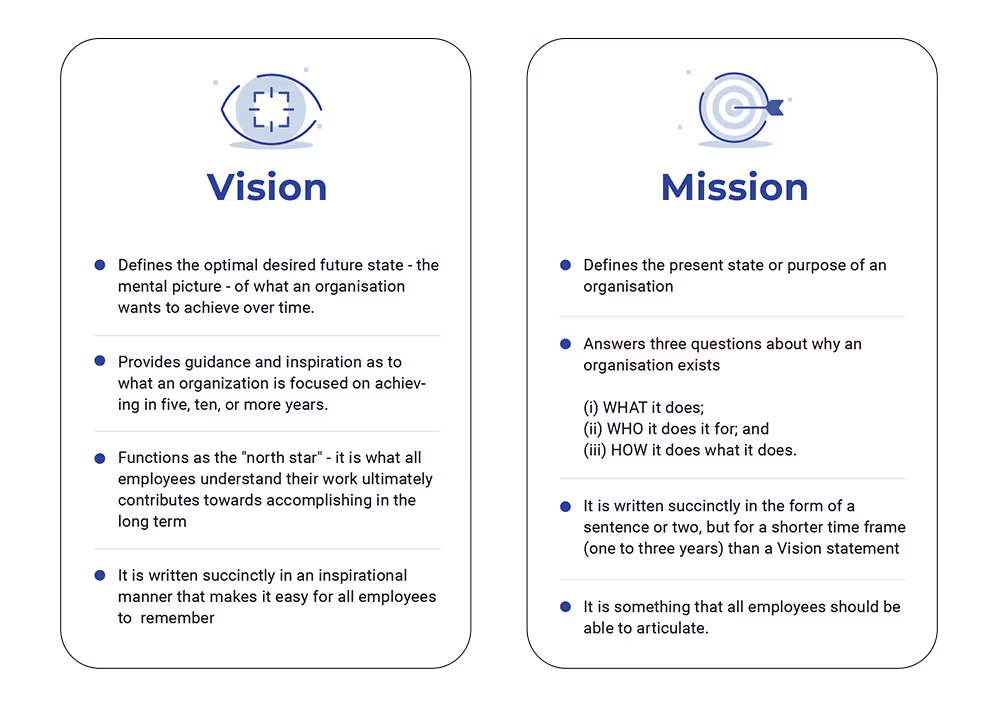
Examples of Vision Statements

“Empower people through great software anytime, anyplace, and on any device.”

“To be the company that best understands and satisfies the product, service and self-fulfilment needs of women – globally.”
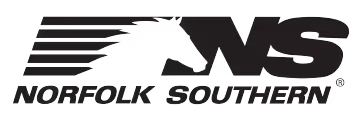
“Be the safest, most customer-focused and successful transportation company in the world.”

“Our Vision is a world without Alzheimer’s disease.”
Examples of Mission Statements

“Nissan provides unique and innovative automotive products and services that deliver superior, measurable values to all stakeholders in alliance with Renault.”
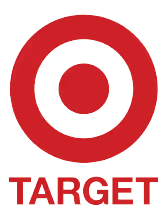
“Our mission is to make Target the preferred shopping destination for our guests by delivering outstanding value, continuous innovation and an exceptional guest experience by consistently fulfilling our Expect More. Pay Less.® brand promise.”
Values that an organisation identifies with
The participants were next given a task to come up with values that they believe can be attributed to their organisation. They were asked to define three values that would help the company to achieve the goals. To help the participants identify the values, a Value Test with a list of questions was administered.

Following this exercise, many values were identified by the participants. The common ones were combined together in a meaningful way.
Value Words
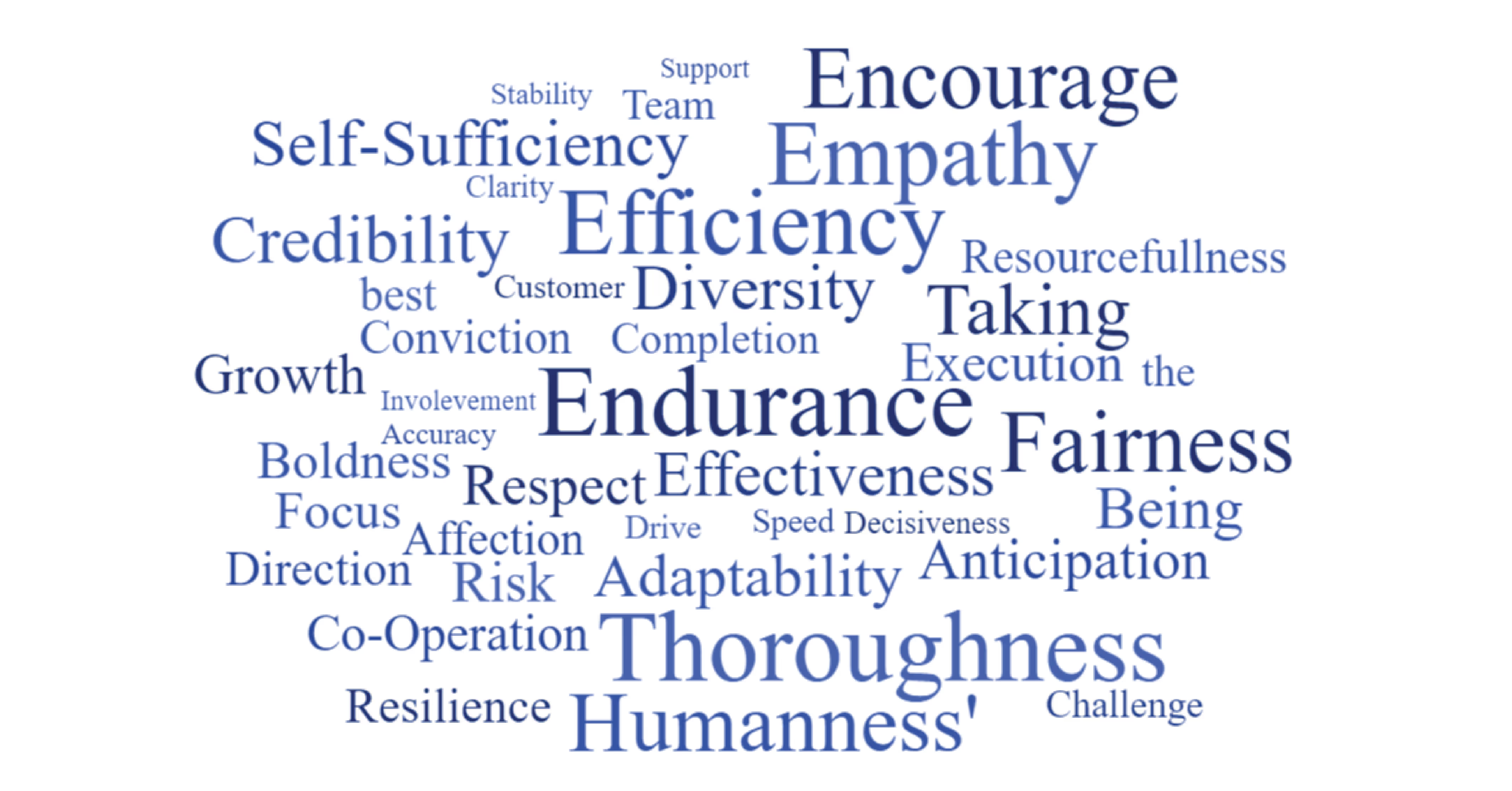
The 3 Main Core Values That Emerged Were
- Excellence
- Customer Centricity
- Respect
The Core Purpose of the Organisation’s Existence
Next, The Participants At PCBL’s Envisioning Workshop Were Given An Exercise To Find The Core Purpose Of Their Company’s Existence - The Reason Why The Organisation Exists. Even Though It Might Seem To Be An Important Goal, An Organisation Cannot Exist With The Sole Purpose Of Making Profits. A Successful Organisation Ultimately Would Want To Add Value To Society.
As David Packard Told To The HP Employees In His Address In 1960, “You Can Look Around `{`In The General Business World`}` And See People Who Are Interested In Money And Nothing Else, But The Underlying Drives Come Largely From A Desire To Do Something Else: To Make A Product, To Give A Service -- Generally To Do Something Which Is Of Value……..”
Core Purpose Statements of Renowned Organisations Across the World

To solve unsolved problems innovatively - 3M
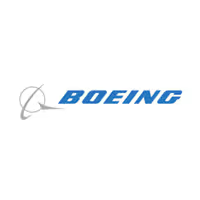
To push the leading edge of aviation, taking on huge challenges
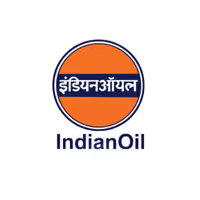
The Energy of India, a globally admired company.
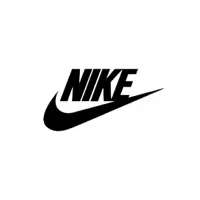
To unite the world through sport to create a healthy planet, active communities and an equal playing field for all.

To experience the sheer joy of advancing and applying technology for the benefit of the public.

To make people happy

To provide a secure place on Earth, for the Jewish people.
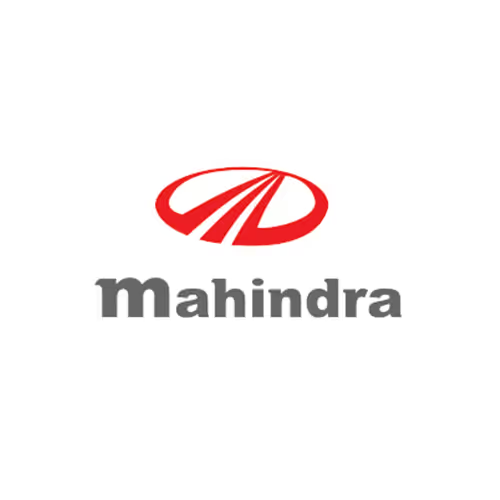
We will challenge conventional thinking and innovatively use all our resources to drive positive change in the lives of our stakeholders and communities across the world, to enable them to Rise.
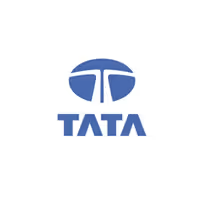
We are committed to improve the quality of life of the communities we serve.
Deriving Vivid Descriptions by Visualising Newspaper Headlines about the Company
During The Workshop, The Participants Were Divided Into Teams And Given The Time To Think Through And Conceptualize A Big, Hairy, Audacious Goal They Can Aim Towards, Which Would Change The Business. The Participants Were Urged To Let Go Of Constraints And Let Their Imagination Take Charge. Vivid Description Charts Were Created By The Participants To Make The Big Ideas More Achievable And Measurable.
To Assist In The Thinking Process, They Were Asked To Visualise Big, Exciting Newspaper Headlines That They Would Like To See About Their Company, 10 Or 15 Years Later.

The groups started talking about the company:
- Going International
- Becoming the pioneer of innovative thinking
- Contributing significantly towards making the planet greener.
Some of the headlines the groups envisaged were:
- PCBL gets listed in the Shanghai/NASDAQ Stock Exchange
- PCBL acquires Cabot for $9.8 billion deal and becomes the largest carbon black manufacturer in the world
- PCBL collaborates with NASA to make tyres for space vehicles
- Relentless focus on stakeholder value-creation helps PCBL move into Fortune 500
- PCBL acquires Orion and becomes No.2 in the world.
- PCBL bags Global CSR Award
- F1 cars mandate use of PCBL's carbon black for racing tyres
- Nano Carbon Composites of PCBL will be use for the 2020 manned mission to Mars.
- PCBL testing new technology to manufacture CB from atmospheric C02 and CH4 to reduce global warming.
Once The Headlines Or The BHAGs Were Written, The Participants At PCBL’s Vision Workshop Were Encouraged To Write Vivid Descriptions Around Them. A Vivid Description Is A Vibrant, Engaging And Specific Description Of What It Will Be Like To Achieve The BHAG. It Is A Picture That People Carry Around In Their Minds That Makes The BHAG More Tangible. It Is A Mechanism That Stimulates Progress, Forcing The Company To Dramatically Improve In Order To Achieve The Goals And Make The Organisation Better.
Creating Mini Goals
Just Like With Any Goal, One Needs To Commit To The BHAG And Start Progressing Immediately. It Can Be Broken Down Into Smaller, Measurable Chunks, Or Mini-Goals. These Mini Goals Help To Create A Solid Plan, Approach It Methodically And Monitor Progress Regularly.
Following PCBL’s Vision Workshop, Six Mini-Goals Were Culled Out, Which Were Called Business Themes
- Financial Performance
- Business Leadership
- Journey of Excellence
- Building Organisational Capability
- Brand Building
- Customer Centricity
After The Business Themes Were Charted, PCBL Embarked On Its Transformational Journey Putting Them To Action. PCBL Worked On A Few Strategic Imperatives Which Helped The Company Shift Its Focus From The Earlier Way To The New Way Of Doing Things:

Financial Performance
To Make Improvements In PCBL’s Financial Performance, The Company Assessed Every Aspect Of The Business And Identified Areas That Need Improvement.
Lowering Expenses
PCBL focussed on improving its financial position by reducing unnecessary expenses - finding more cost effective and better alternatives for supplies, equipment, services, logistics and better terms for bank accounts and insurance policies.
Correcting Prices
PCBL focussed on setting correct prices for its products. While lowering prices often helps to get more customers, PCBL realised that the opposite strategy of not going after volume but after keeping a healthy profit margin, is a better way to improve the company's financial business position.
Recovering Outstanding Payments
Outstanding invoices can harm cash-flow and overall financial health of the business. PCBL focussed on recovering outstanding payments and also, for new sales agreements, the company made sure the terms for payment and overdues are clearer and followed thoroughly.
Utilising Unused or Unwanted Assets
The company focussed on utilising unused assets or disposing off the unwanted ones, thus saving on storage costs and utilising the assets better.
Business Leadership
PCBL Focussed On Business Leadership To Fulfil Its Vision Of Being A Futuristic Global Player. The Company Emphasised On Coaching The Leaders And Creating A Strong Leadership Team Through The Help Of Its HR Team, To Help Them Provide The Right Kind Of Guidance And Advice That Their Teams Would Need To Grow And Develop.
Building a Leadership Pipeline
PCBL focussed on creating a leadership pipeline by hiring leaders who are aligned with the long term vision of the company. To understand whether a person is a good fit with the organisation’s values and goals, any person who is hired in a position where he or she has to lead a team, has to go through a detailed online aptitude test, called Values In Action Questionnaire (VIAQ). The VIAQ has been developed specifically for PCBL by a team of professionals from IIT-Delhi and Indian Statistical Institute (ISI). Once a candidate submits the questionnaire, he or she is given ratings like Excellent Fit, Good Fit, Average, Fit, Poor Fit etc. The candidates from Average Fit upwards are taken to the next level and their alignment with the organisational values is validated through detailed interviews.PCBL, through the help of its HR team, also nurtures and coaches the future leaders, who can take the organisation to the next level. PCBLite Leadership Workshops are conducted where leaders and future leaders are familiarised with the vision, the values, and the business themes of the company through methods like management games, role playing etc.
Motivate Employees
Regular Town Hall Meets with the senior leaders were started at the corporate office of PCBL as well as the manufacturing plants, to keep the communication with the employees open.Good work done by the employees are highlighted and recognised through certificates and awards at the Town Hall Meets. PCBL implemented Leena AI, a conversational AI that transforms employee experience with the organisation. Regular surveys are conducted through Leena to understand the needs, engagement and satisfaction levels of the employees.
Initiate Action
The business leaders focussed on driving productivity by being more hands-on with the day-to-day operations of the company – regular review meetings and detailed business reporting through the ERP system. The focus was to create a positive and conducive environment that is more clued into the market and responds quicker to market demands and changes.
Journey of Excellence
PCBL Focussed On Its Research And Development (R&D) Capabilities To Launch Best-In-Class Solutions To Suit The Changing Customer Requirements And Drive Its Transformational Journey.
PCBL Launched New, Innovative Products Through Constant Research In Its R&D Centres In India And Belgium. The R&D Centres Pursue Excellence In Product Development And Provide Research Support For Developing Products That Cater To The Needs Of The Customers. PCBL Worked On A Process To Determine The Requirement Of New Products:
1. Customer Feedback
Getting regular feedback from customers by talking to them and understanding what is needed by them
2. Market-benchmarking
Doing benchmarking of products against that of the competitors
3. Innovation
Developing path-breaking products through PCBL’s own research.
PCBL Has Now Created A Name For Itself By Being A Reliable Partner To Its Customers In India And Across The World Through Niche, Specialty Products.
Organisational Capability
PCBL Focussed On Building Organisational Capabilities By Combining Human Capabilities, Technologies And Processes.
Human Capabilities
Many new teams and functions were created as a result of the Envisioning Exercise, to align with the company’s goals. An environment of continuous learning was created through an LMS (Learning Management System) that was developed along with International Management Institute (IMI), to provide trainings, in order to nurture and build the human capabilities.
- A Central Reliability Engineering Team was created to work on preventive maintenance in the plants, to avoid any impediment due to sudden breakdowns.
- A Technology team was created to work on process technologies to make the workflow more efficient. The role of this team is to find automation tools that can work together to help processes run smoothly. They automate workflows and integrate various systems like business reporting, management-information systems etc. to make the information easily accessible .
- The Manufacturing team works on achieving excellence in manufacturing through creating high quality, best-in-class products that can be competitively priced and cater to the specific needs of the customers. This team also works towards optimising the resources available in the plants – raw materials and labour, to reach the products to the customers in the most cost-efective manner.
The Company Has Also Focussed On Creating Cross Functional Teams To Build A Culture Of Excellence And Quality In Every Aspect Of Operations.
The Company Formed Cross Functional Teams In The Plants In The Form Of Daily Management Teams (DMTs) And Focussed Improvement Projects (FIPs), With Representation From Diverse Departments Like Production, Quality, HR, Finance, Engineering Etc. The Idea Behind Having Diverse Teams Is So That There Can Be Fresh Inflow Of Ideas And Out-Of-The-Box Solutions To Various Issues.
Technology Capabilities
PCBL built its organisational capability by focussing on enhancing its technical acumen. For example, the company brought in changes in its digital platform to support its robust growth plans. It invested in SAP HANA – the next-gen platform for real-time analytics and applications, which helped the company to analyse its business operations based on Big Data in real-time. It also secured its Disaster Recovery mechanism through a robust cloud-based system that would assure business continuity.
Process
PCBL digitised its employee interaction processes by investing in a Human capital Management Solution that helped in transforming the traditional administrative functions of human resources—recruiting, training, payroll, compensation, and performance management—into opportunities to drive engagement, productivity, and business value. It implemented Leena - an AI driven chat bot that enhances employee experience through a conversational interface. Employees can chat with the virtual HR assistant for any help or for flagging off issues.
Brand Building
A Strong Brand Identity Helps In Acquiring Customers, Motivating Employees, And Building Credibility For A Company. It Helps To Influence The Current And Prospective Customers To Respond To The Products And Services.
Marketing Initiatives
PCBL worked towards improving its Marketing so that the brand’s story reaches to the customers, prospective customers and employees.It created a strong social media presence through LinkedIn and Facebook to talk about its brand. The company made sure that ad campaigns on social media are tracked for its efficacy so that the company gets a robust ROI.It used direct e-mailers to reach out to the customers.It also created interesting videos to talk about the brand.PCBL not only created niche, specialty products, it also put in efforts to market those products through well-designed, classy brochures and mailers.
Packaging
The correct packaging of products is one of the most important aspects of Marketing. A visually attractive packaging makes both a psychological and physical connection. It denotes that the product is well-protected and of superior quality and reaffirms to the customers that their purchase is correct. PCBL put a lot of focus towards building its brand by focussing on presentation and packaging of products. It also invested in world-class automated packing machines.
Customer Centricity
Embarking On Its Journey Of Excellence, PCBL Put More Efforts In Being Customer-Centric And Agile. It Steadily Moved Up The Value Chain By Expanding Its Product Portfolio And Engaging With The Customers Across The Domestic And International Business, Helping Them To Make Better And More Informed Choices.
Anticipating Customer Needs
While most customers are able to accurately provide an account of what they want on an immediate basis, gauging what they might want on a longer time horizon is extremely difficult for most people. Through their years of experience and understanding the market well, PCBL focussed on anticipating the customers’ needs well in advance and creating products that would be helpful for their business. The R&D capabilities of PCBL helped the company to achieve products that are futuristic.
Getting Customer Feedback
PCBL set in processes to communicate with their customers, both frequently and regularly, and seek feedback from them about products and service. They communicated with the customers through visits, emails and phone calls and the sheer volume of insights that they received from these communications helped the company to adjust their product roadmap and improve the customer experience greatly.
Being Accessible
PCBL made sure every customer is reached out to at least once in every quarter through a visit or a phone call. This way they can resolve simple issues and avoid the customers having any grievances. The company has also revamped its website, giving it a fresh look, and making it more user-friendly. It has introduced a floating 'Talk to Us' button, which helps the customers to reach out to PCBL easily, at the click of a button.
Partnering with the Customers
PCBL also worked with its top customers to understand their requirements and provide products that would serve their specific purpose. The company focussed on not only getting the customers to purchase their productsonce, but to ensure that they buy again, by creating a memorable customer experience. They also partnered with the customers on possibilities of new product developments that can be undertaken jointly.
Business Themes are tied into Performance
In Order To Make The Business Themes Relevant For Everyone In The Company, These Were Dovetailed Into PCBL’s Performance Management System (PMS). Based On The Concept Of B2MOM: Big Idea, Business Theme, Methods, Obstacle And Measures, This PMS Process Empowers Leaders To Drive The Teams’ Development By Bringing In The Concept Of Coaching.
- The department heads are regularly trained by the HR to bring in the culture of coaching in their style of leadership.
- The high performers at the managerial levels are identified to go through coaching and development centres, as per the requirement.
- The B2MOM concept looks at the overall team’s performance instead of only the individual performance, thus fostering a collaborative culture.
- Key Performance Indicators (KPIs) and action plans are created for each of the components of B2MOM.
- The company encourages good work by rewarding them in quarterly reviews. It looks into the accountability of the teams and the individuals in the rewards decisions.
- The focus is always on encouraging contributions that comply with the overall business goals of the company rather simply running after the volume of business that does not comply with the overall business goal.
Positive Effects of the Envisioning Exercise
Some of the positive effects of the Envisioning Exercise are:
Improvement in the Company’s Performance
Before the envisioning exercise was undertaken, PCBL’s annual PBT was at negative: INR -87 crores (FY 2012 -13). Following a change of PCBL’s leadership and the envisioning exercise, PCBL clocked a positive PBT of INR 14 crores (FY 2013-14). Ever since, the company has seen a steady rise in turnover and in FY2019-20, PCBL’s PBT was INR 350 crores.
Motivated Employees
PCBL has created an engaged and motivated workplace, which is evident from the satisfaction levels of the employees.

Satisfied Customers
PCBL is now a major supplier to most of the tyre companies in India. Its on-time delivery to the customers increased from 67% to 95%.
Summarising the Envisioning Exercise

For more information please contact:
Mr. Sabyasachi Bhattacharya
Chief – HR & IT, PCBL
E: s.bhattacharya@rpsg.in
M: +91 9831460000









